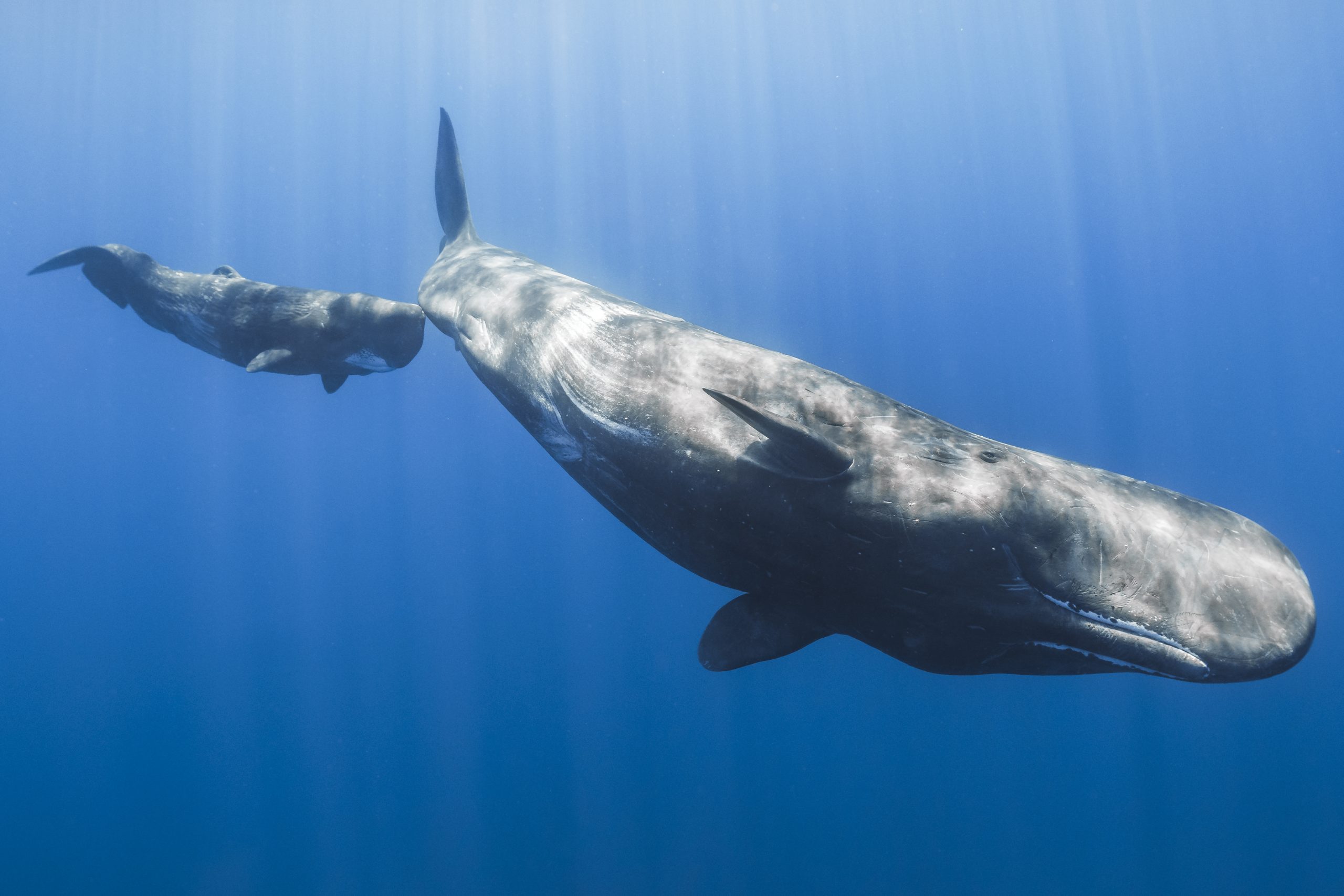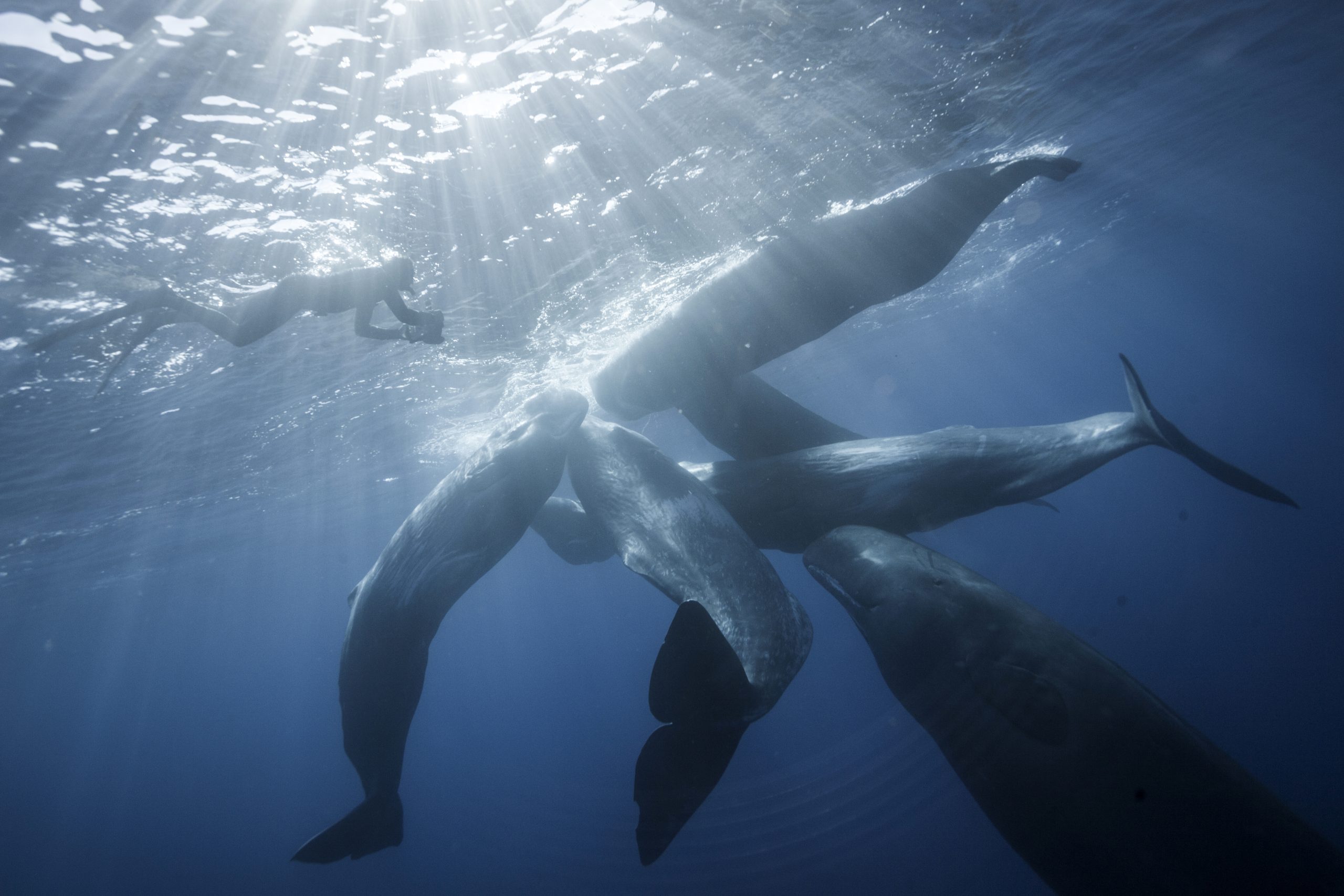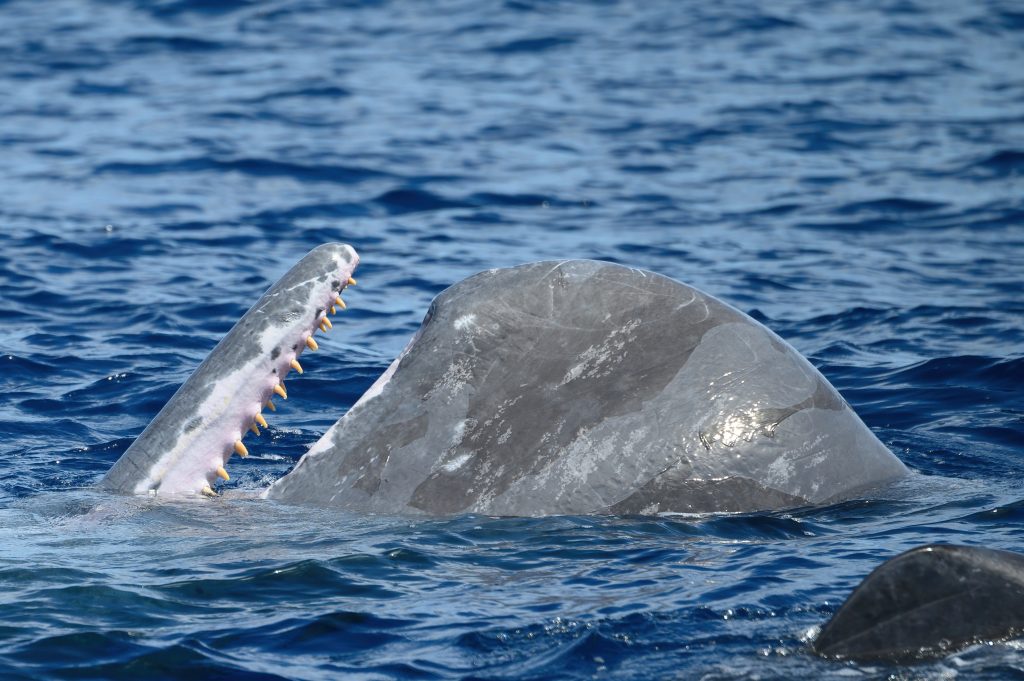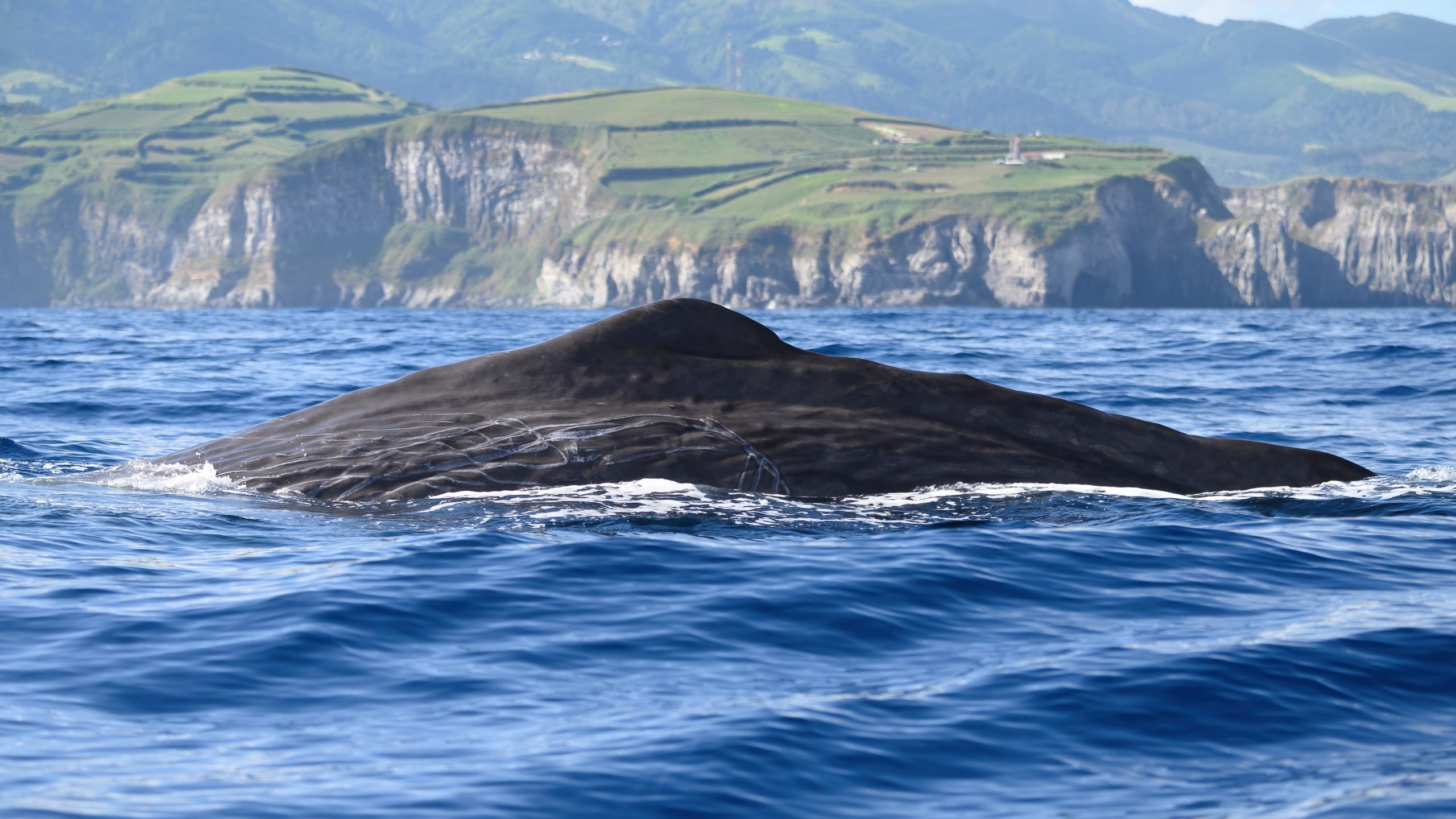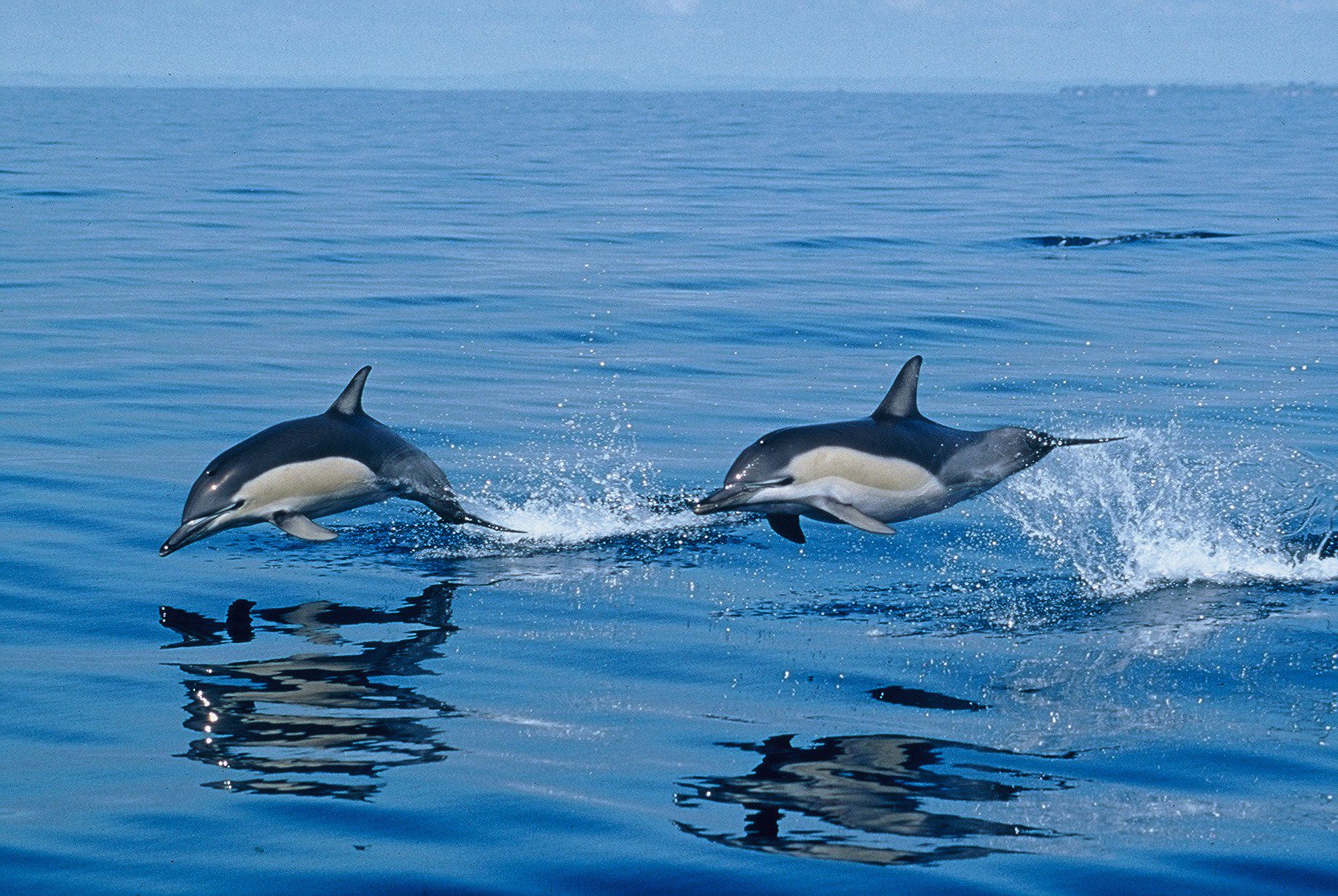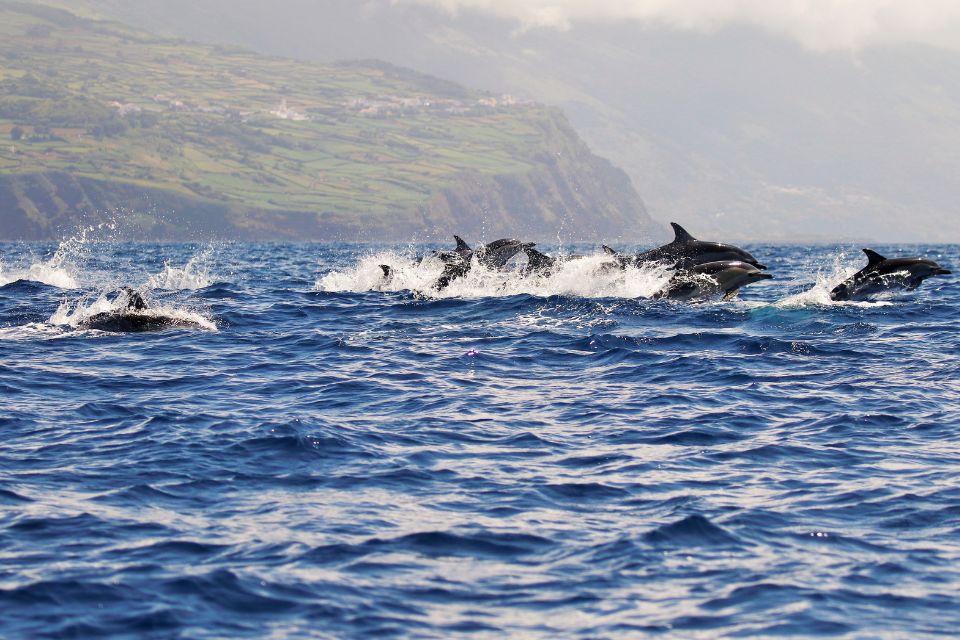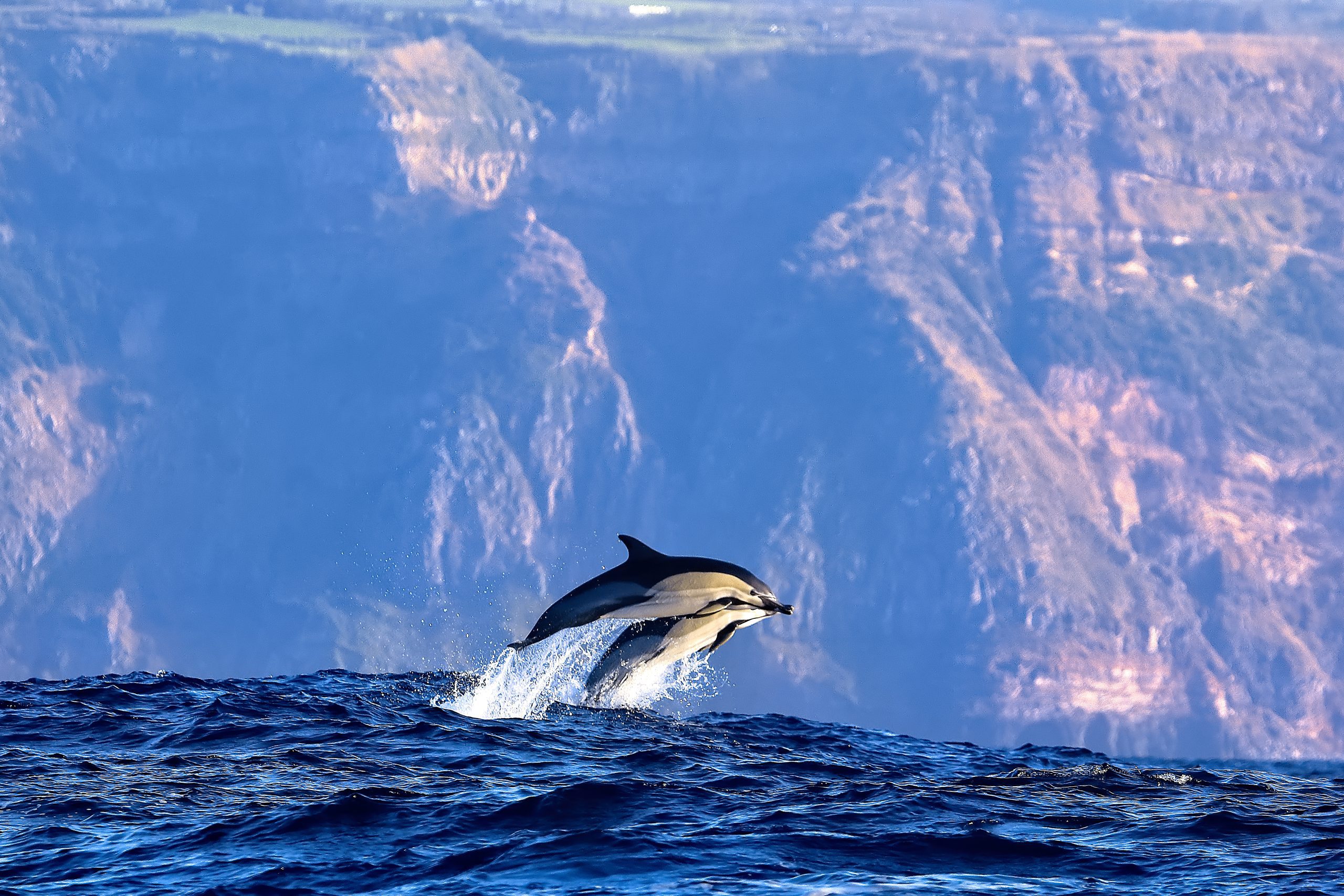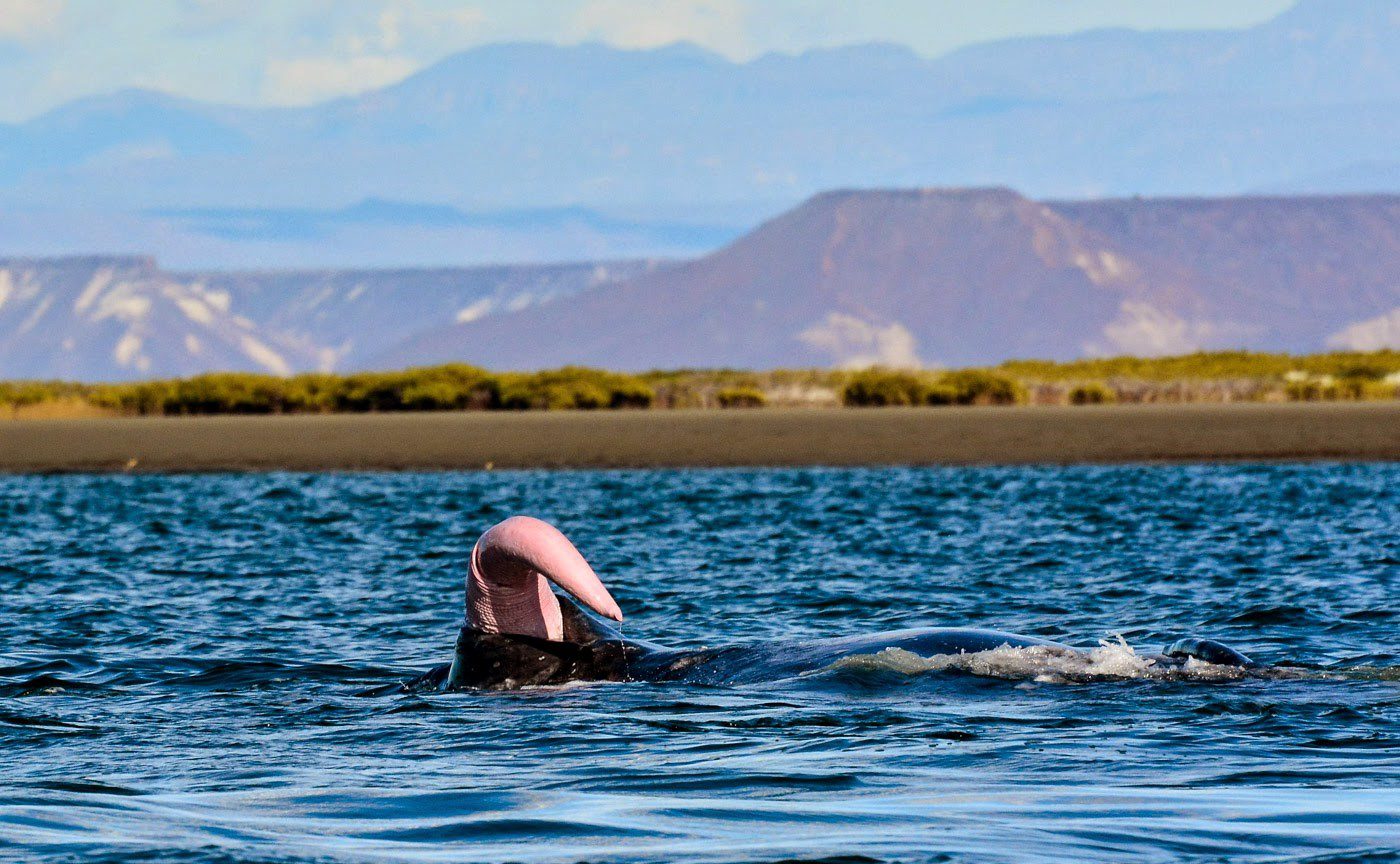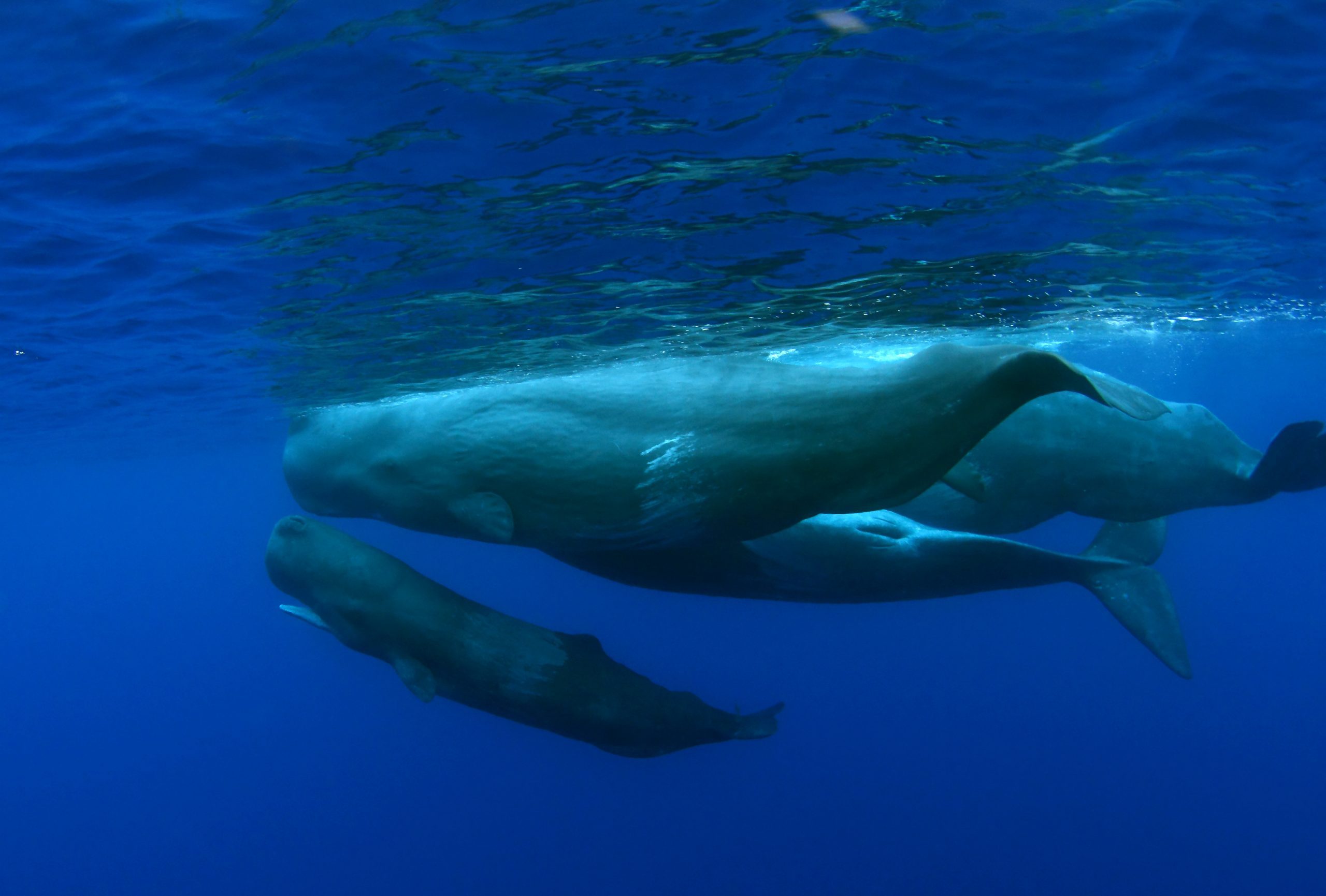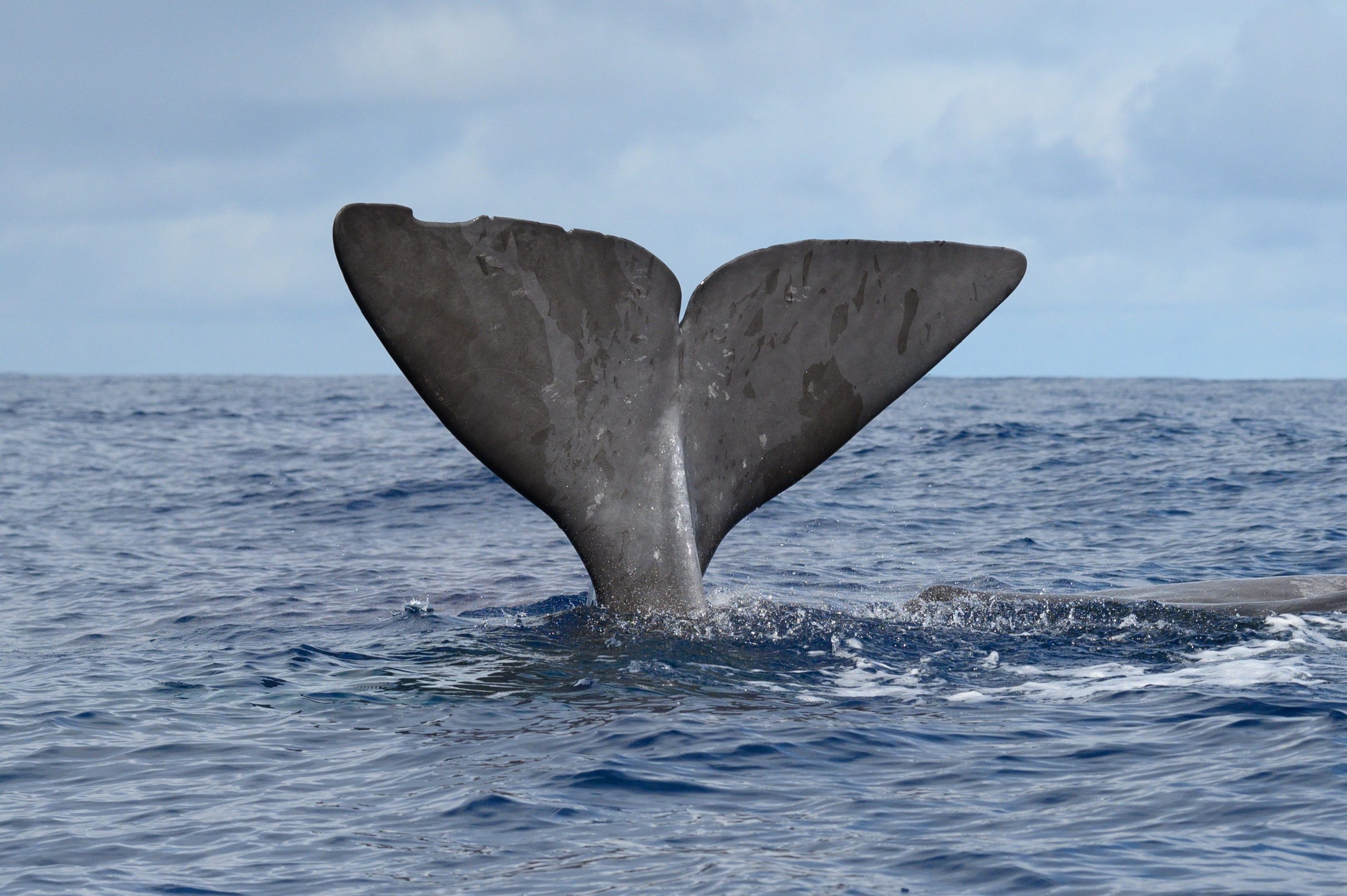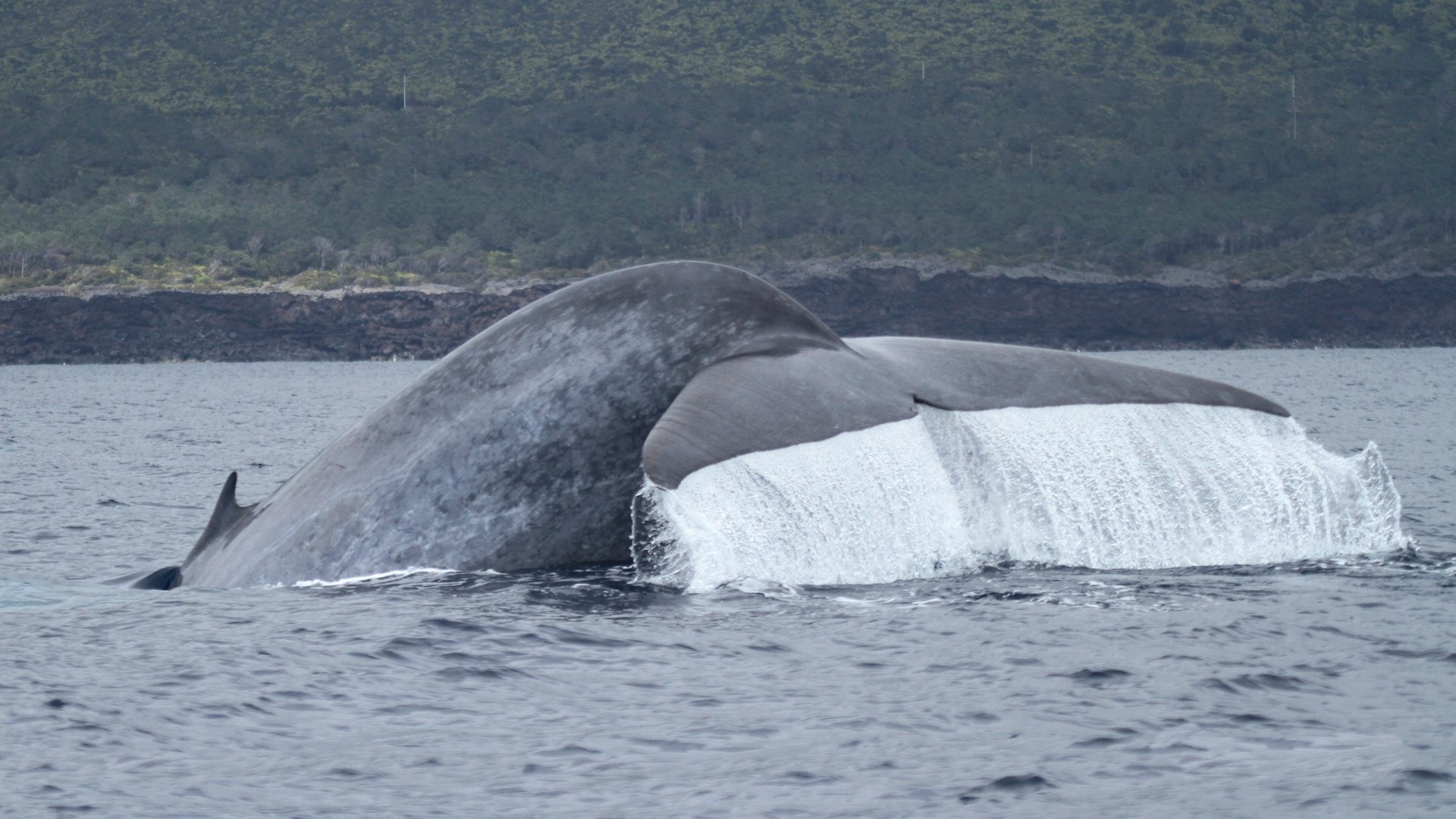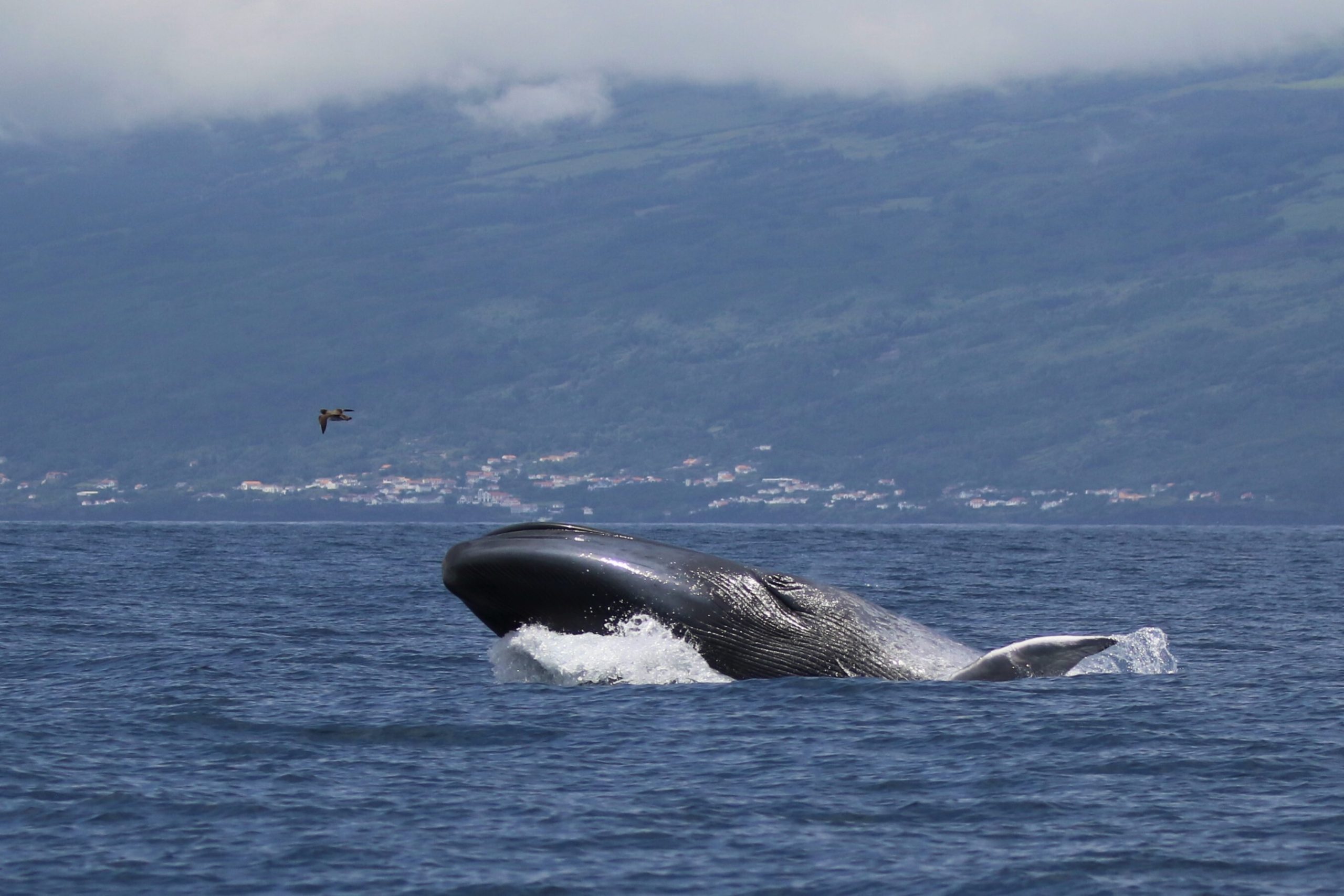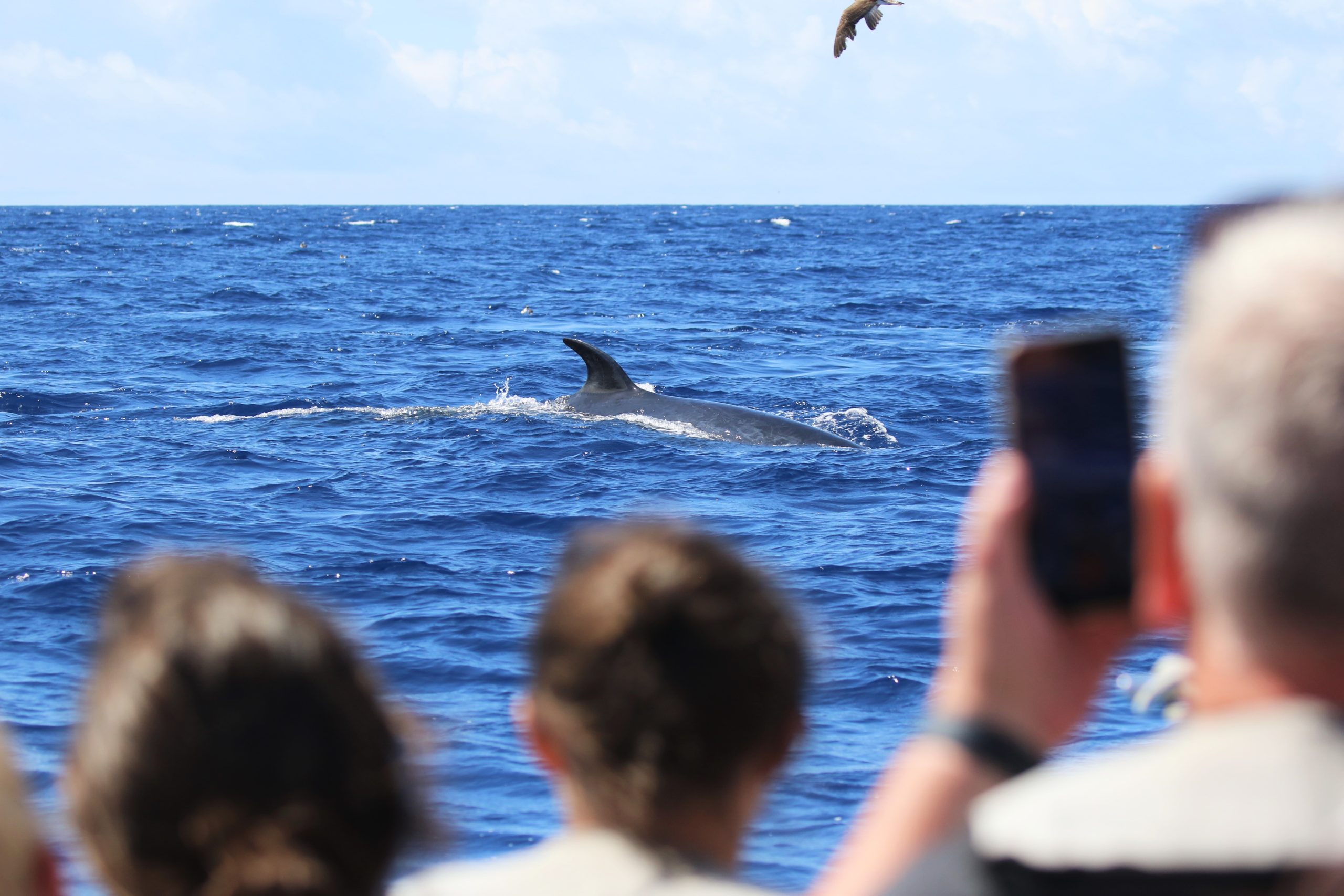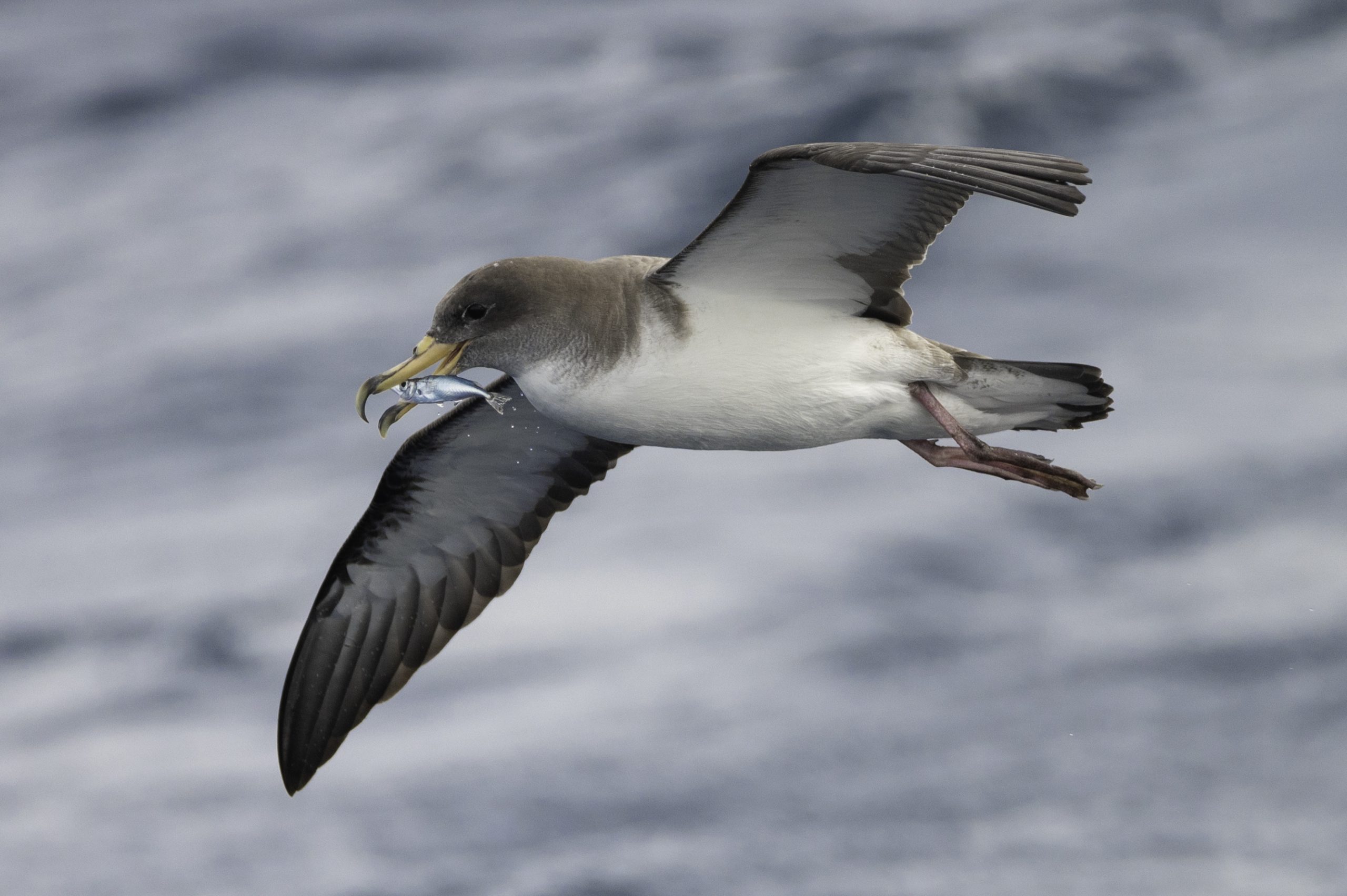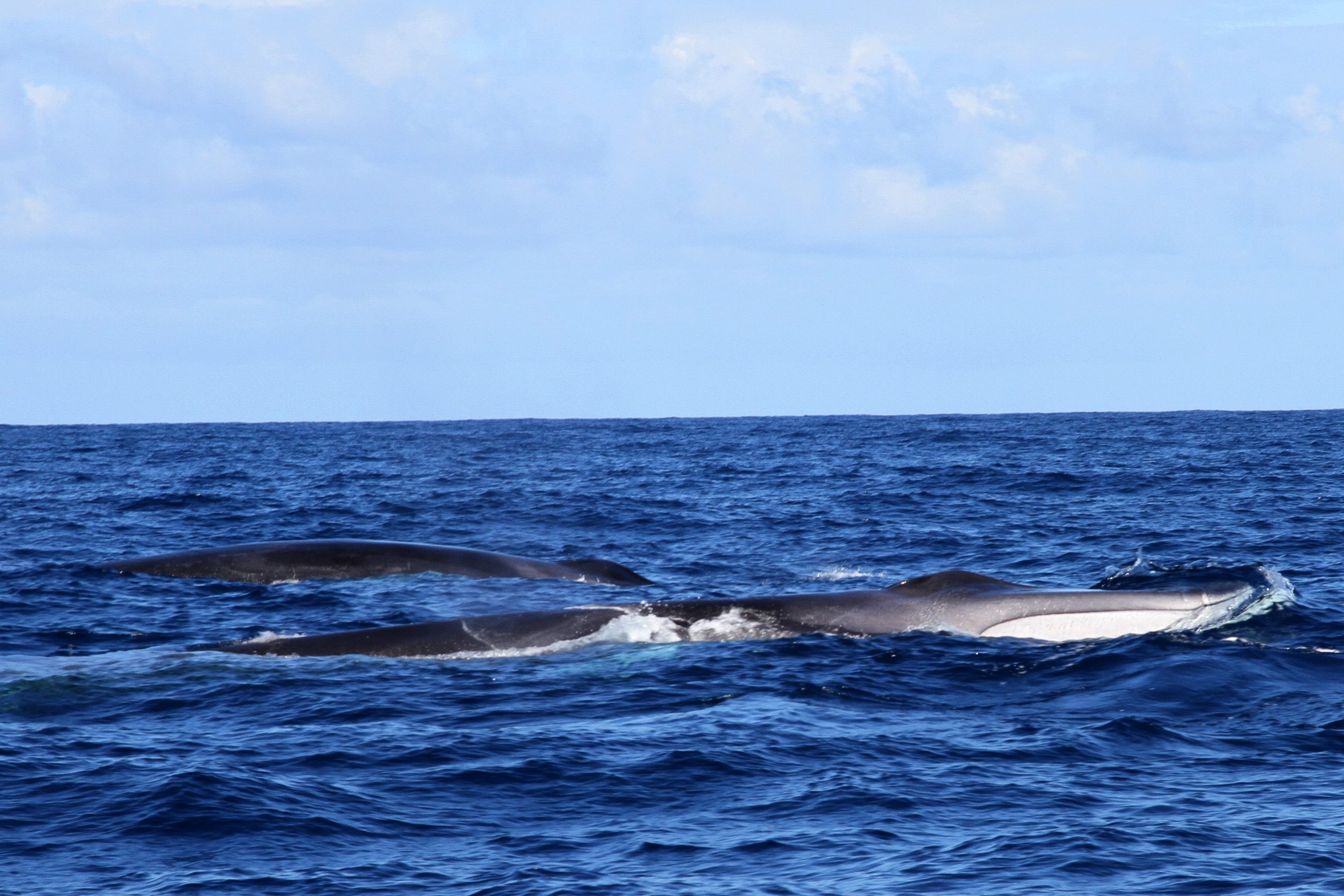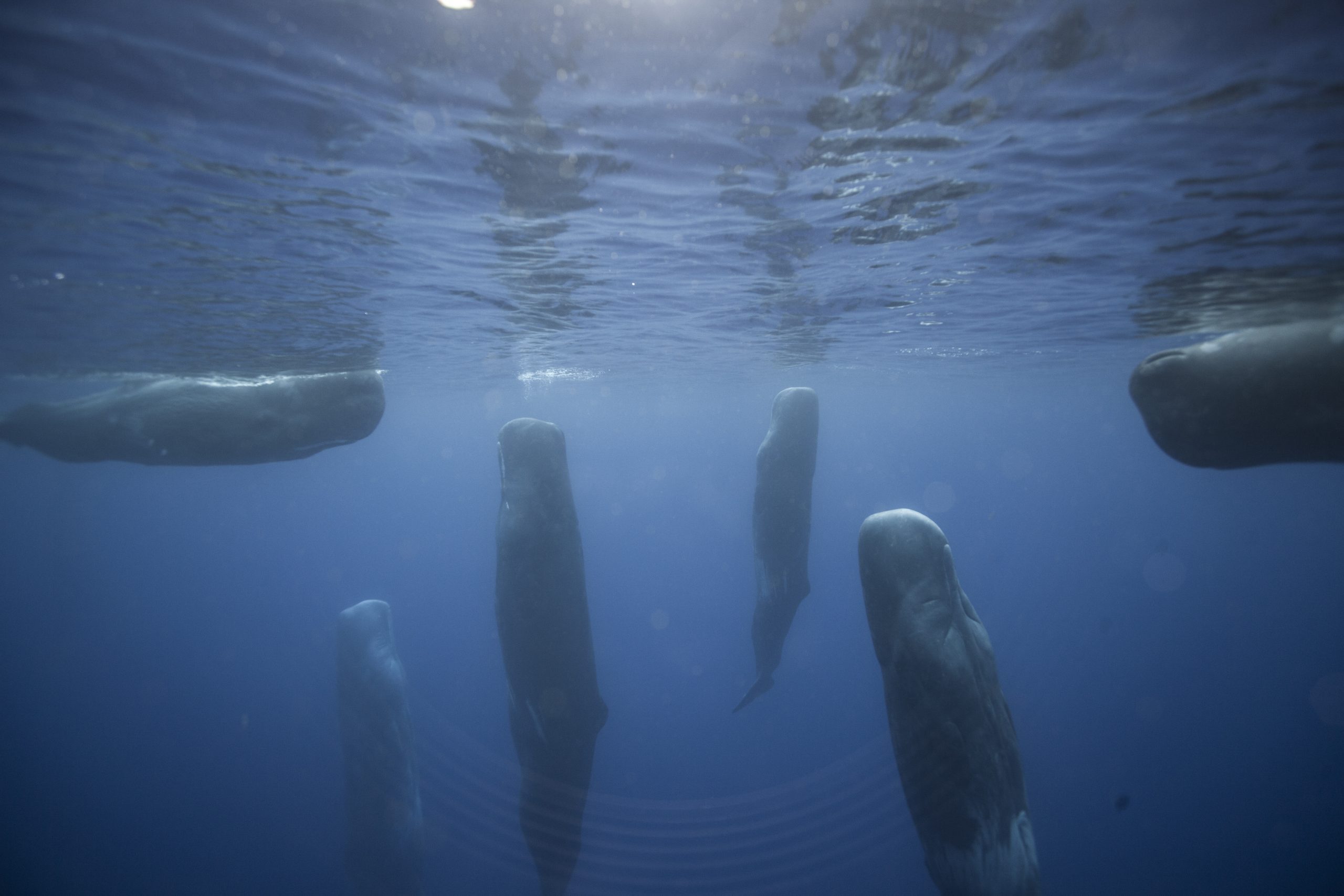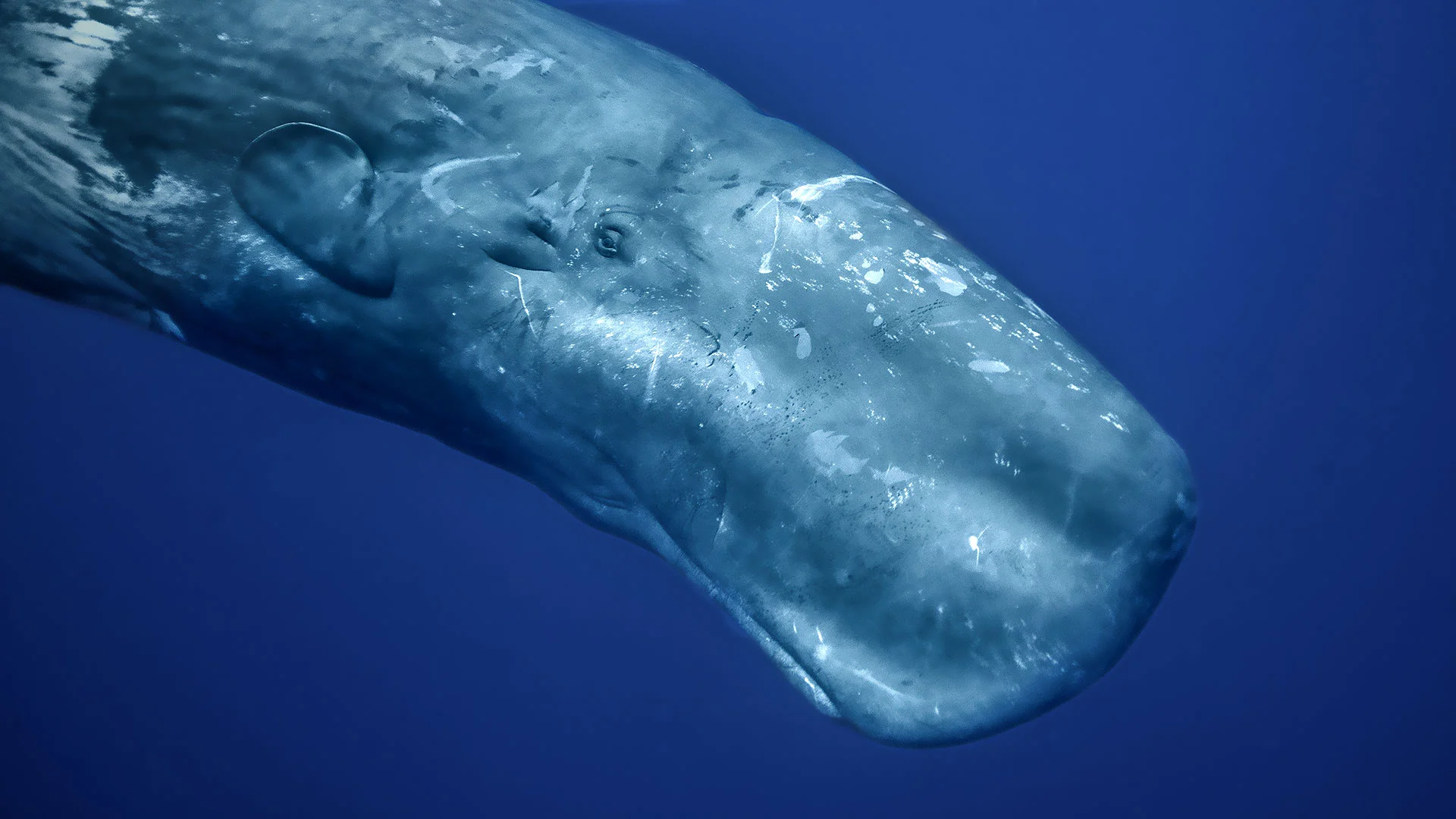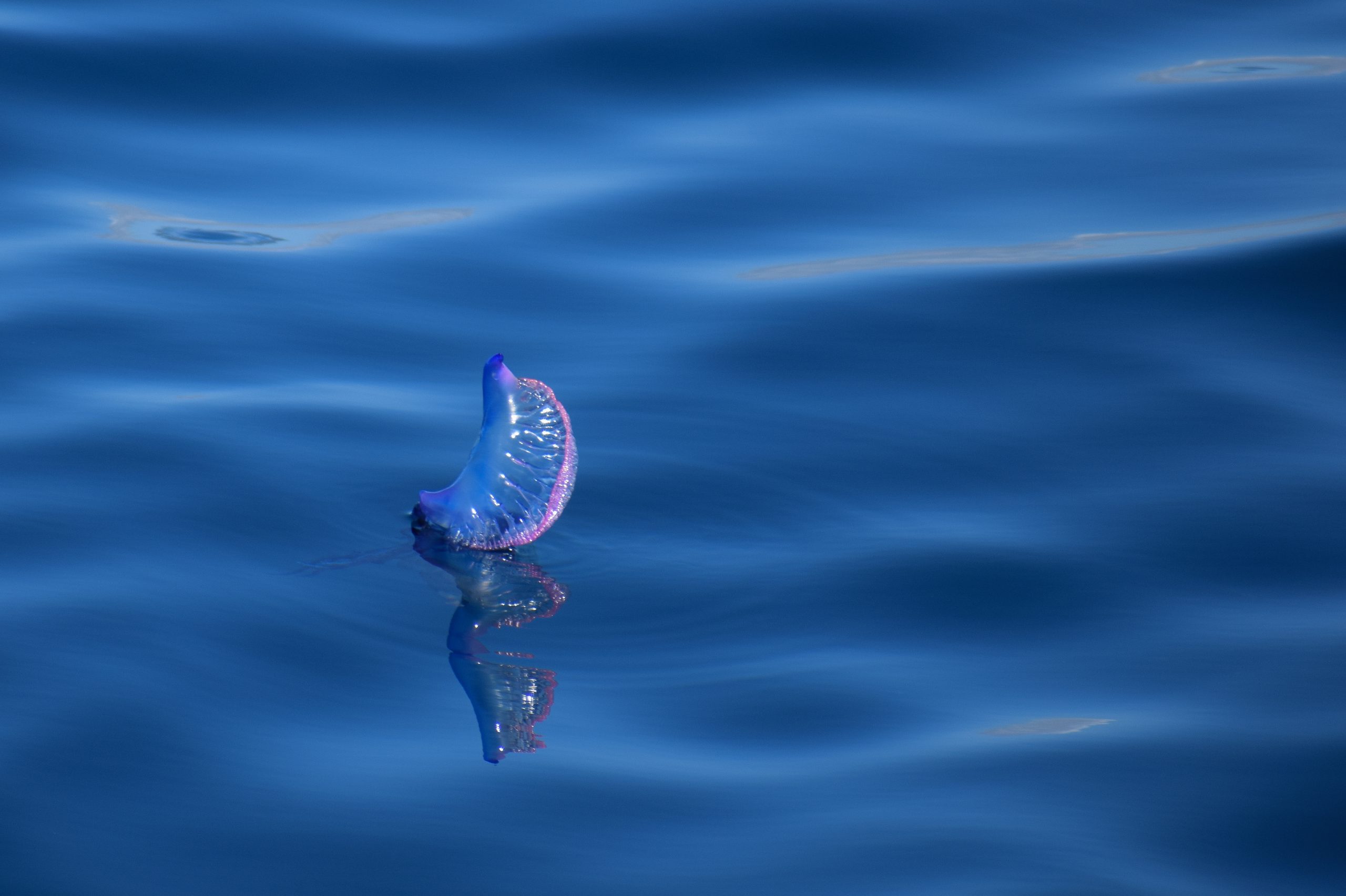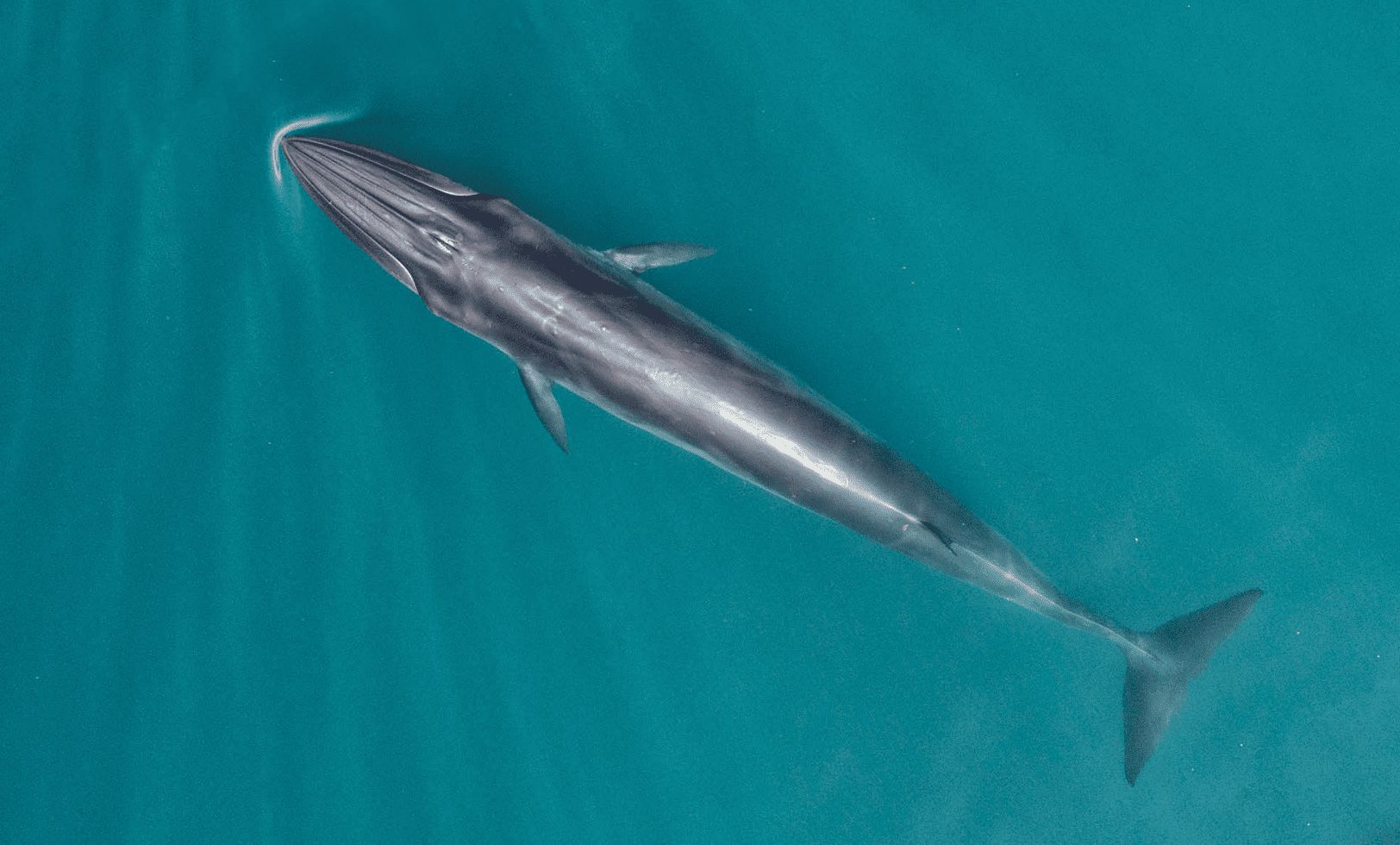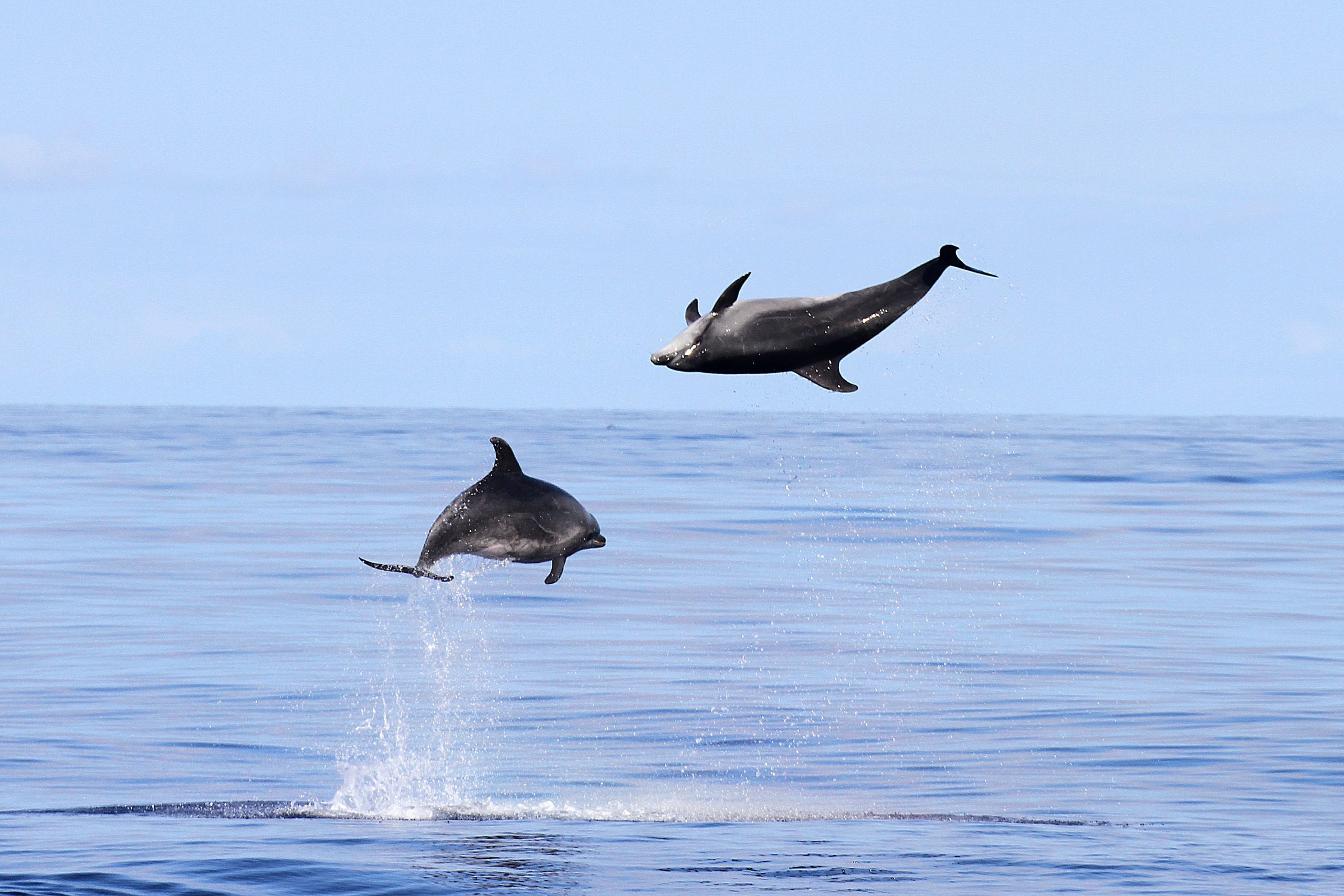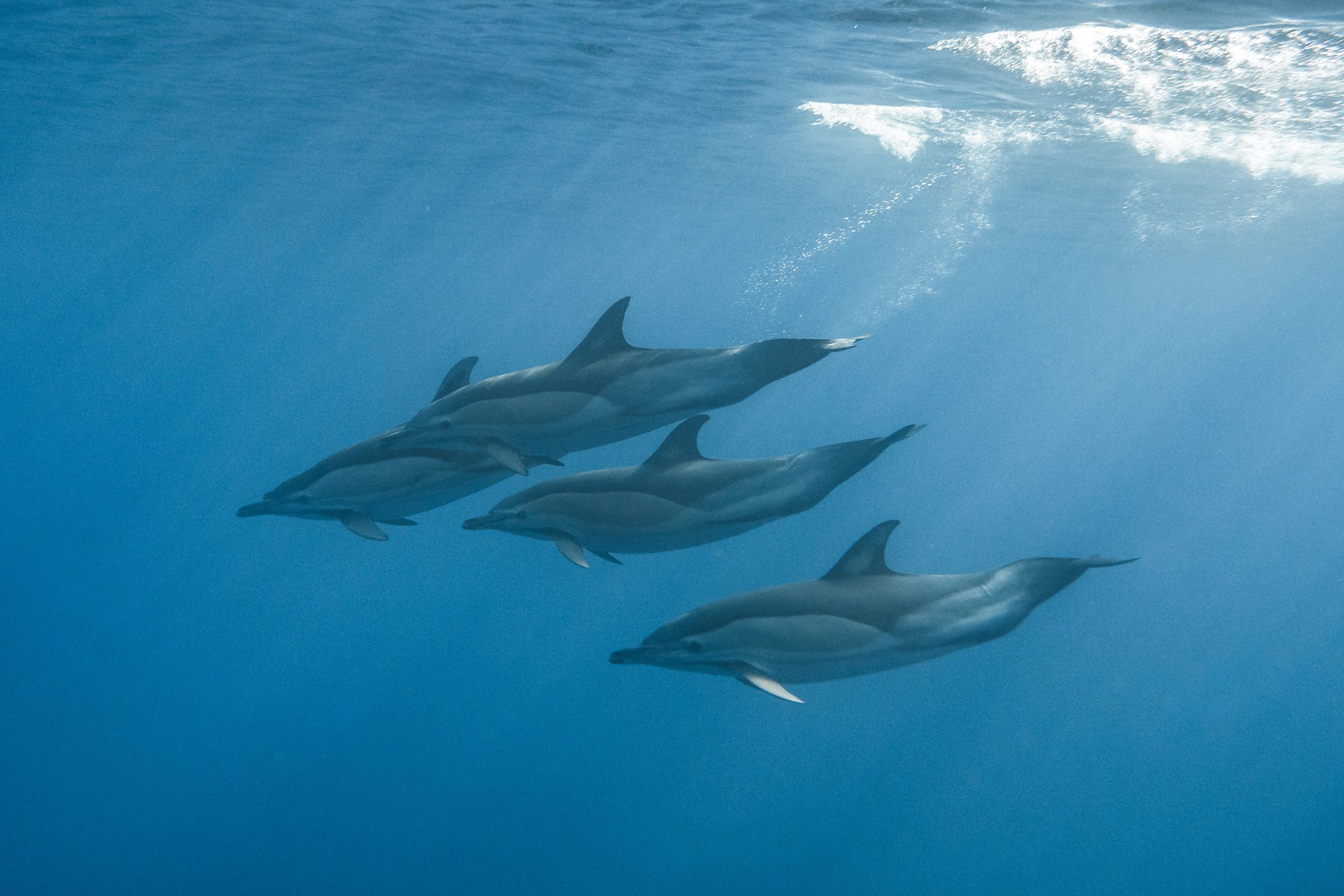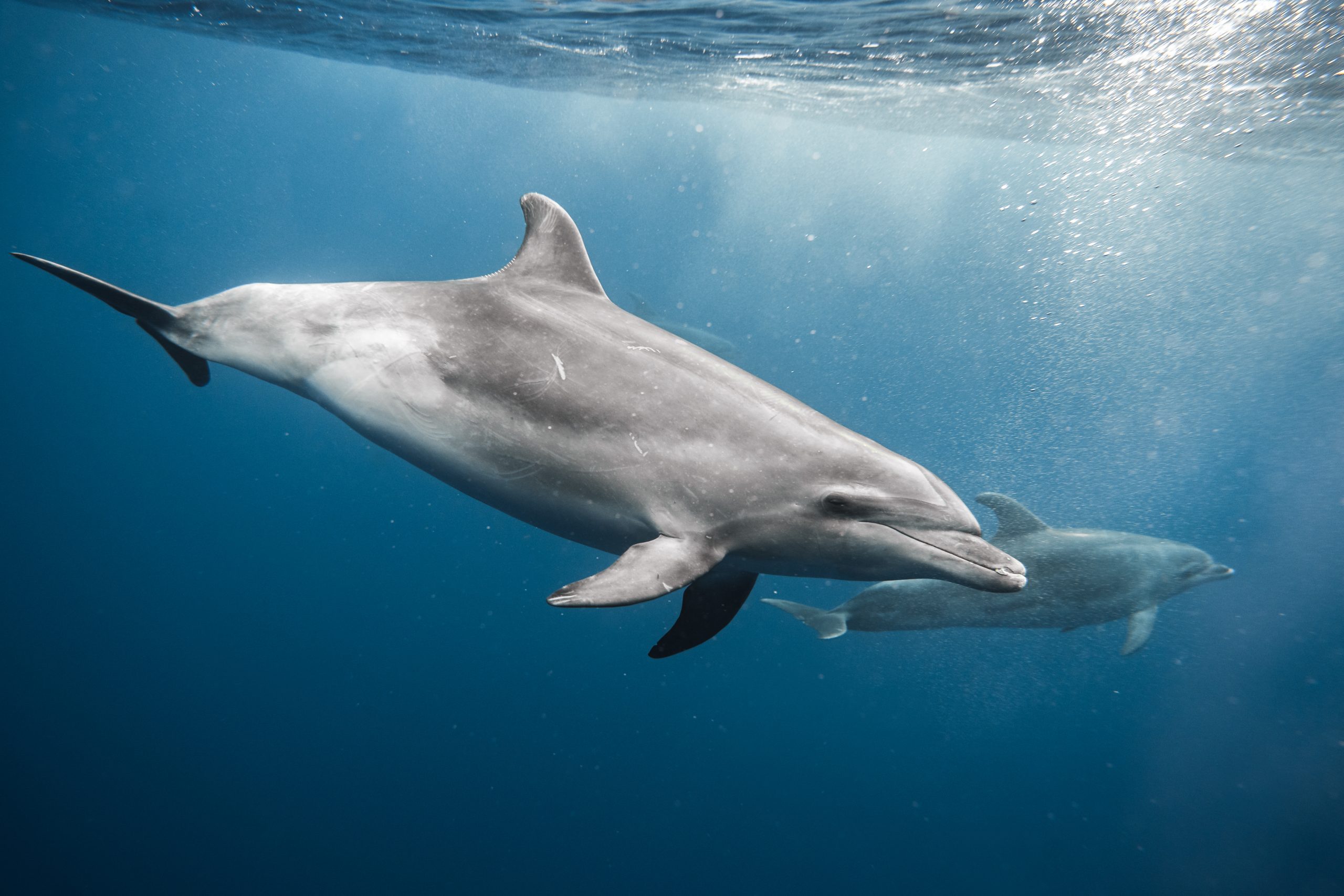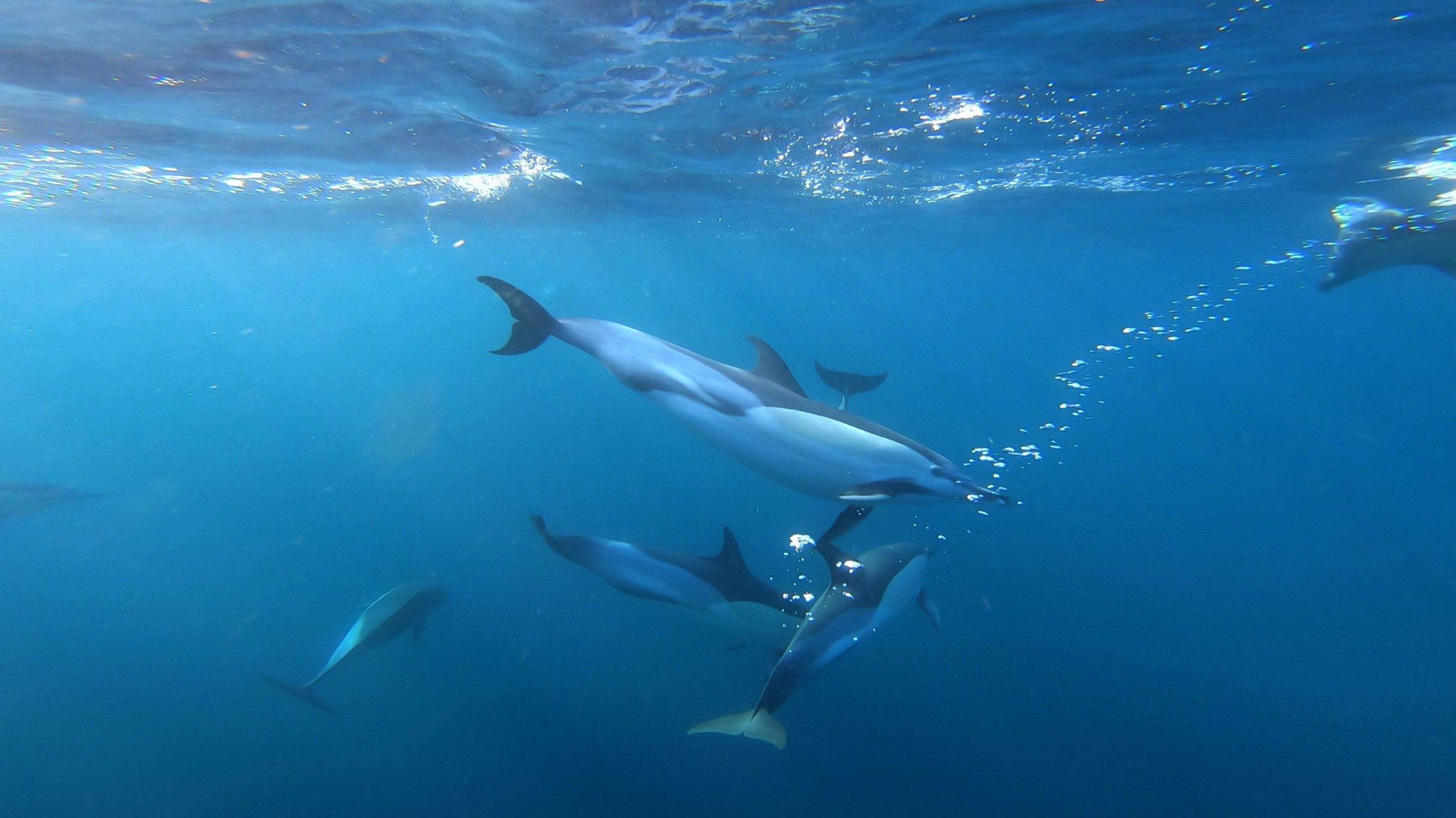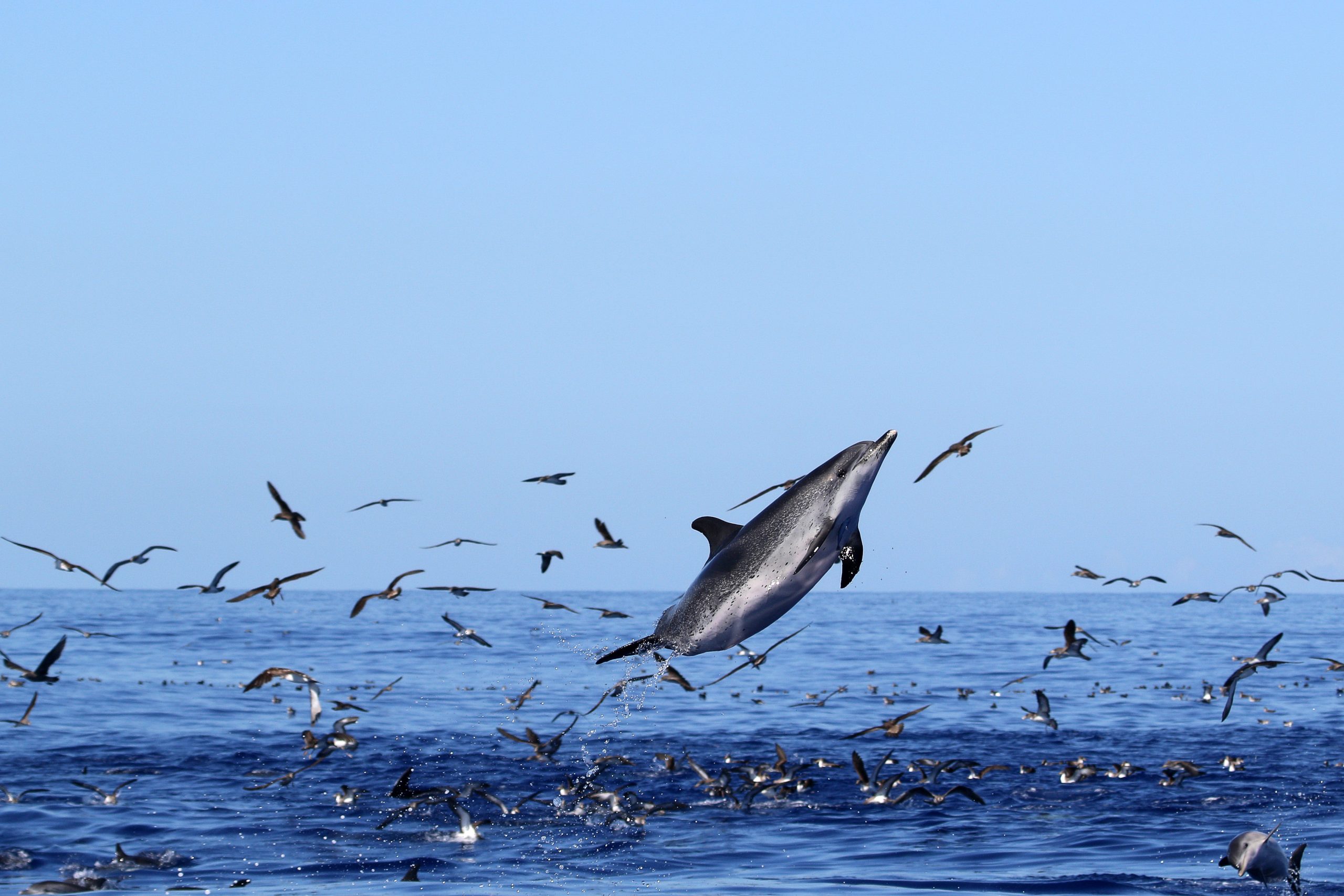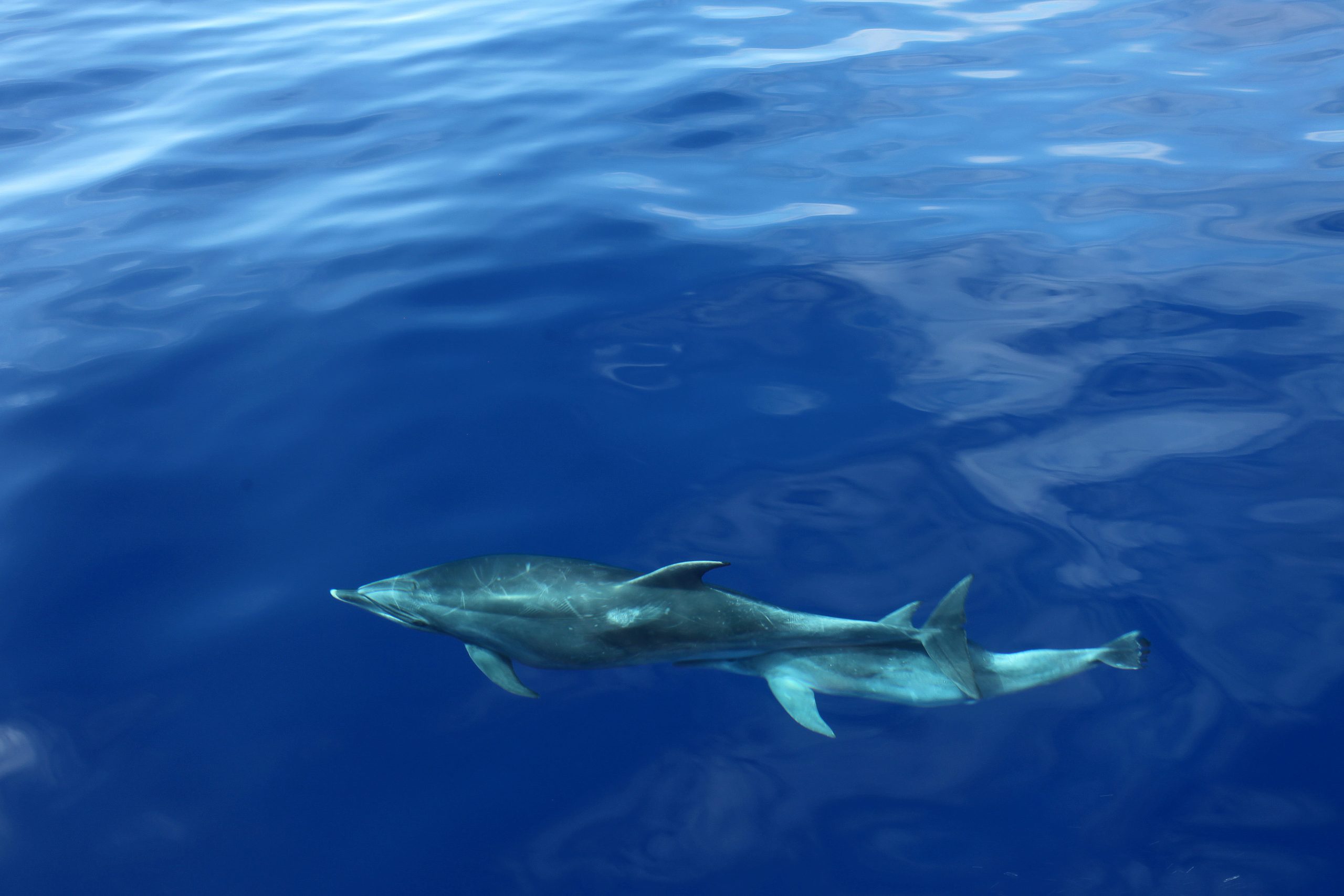Dolphins are some of the most intelligent creatures on our planet, yet we still don’t know a lot about them. One of the questions many biologists, or just average marine enthusiasts, have is whether dolphins can smell. This blog post aims to answer this question and provide a deeper understanding of these majestic sea creatures to readers and scientists alike.
Sensory Adaptations for Marine Animals and Their Use
Marine animals have many types of sensory systems that vary between species and are crucial to their survival success. Some sensory receptors present in aquatic animals include passive listening, haptosence, and the lateral line system. Echolocation is also a significant sensory adaptation in odontocete cetaceans.
Variability in Sensory Adaptations Across Habitats
The degree to which each species will rely on each sensory adaptation depends on its general life strategies. Additionally, the habitat they tend to live in, such as open ocean versus coastal waters, plays a significant role. The difference between shallow versus deep water, and clear versus turbid water, also influences their sensory adaptations.
Sensory perception helps an individual detect objects in their physical environment, including food, prey, and predators. It also aids in identifying communication signals and discerning social partners. For example, auditory senses are relatively well-developed in dolphins and whales so that they
can listen for signals from other members of their pod or potential mates, as well as potential prey. Further, seals and sea lions have a very well-developed haptosense. This is inferred via long, sensitive “whiskers” on their face, which allow them to detect disturbances in the water.

Echolocation is also a well-known and widely appreciated adaptation that many animals rely on for detecting prey and navigating their environment. This form of sensory reception is highly fascinating. It demonstrates one of the many inconceivable evolutionary adaptations mammals have undergone over the millions of years since they re-entered the aquatic environments. Echolocation involves the emission of brief sound pulses, or clicks, and then listening for the echoes that bounce back to create an auditory map of their environment.

Olfactory of Marine Mammals
So, how do marine animals smell? Well, it is a bit different for aquatic animals than it is for terrestrial organisms. In terrestrial organisms, airborne odors dissolve across the mucus covering the nasal cavity and bind to special proteins that send signals to the brain through Cranial Nerve I (CN I). This allows for smelling. However, CN I also appears to be active in response to waterborne stimuli, demonstrating that the sensation of smell is possible underwater for some species. Since water is denser than air, it can carry chemicals further than air, allowing chemical stimuli (smells) to travel over great distances.
Some examples of marine animals capable of smell include porpoises, mysticetes, cartilaginous fishes, and many other organisms we may not have even discovered yet! However, mysticetes are interested in the fact that they can detect smell only in the air, not in the water. This means their olfactory systems are not very useful during daily activities, but they must be used if they wish to smell.
And of course, sharks have a very acute sense of smell, enabling them to track down prey from hundreds of meters away. The chemicals released from decomposing whale carcasses or from fish chum can therefore be sensed by sharks, indicating that a meal is available. Cartilaginous fish have two special organs on their head that can sense chemicals in the water, where water flows into the fish’s nose.

As the fish moves forward, the water passing through its nose creates a difference in pressure,
which helps it detect smells in the water.
Chemo-sensory in Dolphins: Do Dolphins Actually Smell?
Cetaceans have lost a significant number of their olfactory receptors over the course of evolution, and odontocetes in particular have seen the most critical loss of these sense organs, including the olfactory tract, bulb, and CN I. So, to put it simply, dolphins can’t smell in the same capacity that cartilaginous fish can smell waterborne odors, but they do have their own mechanism for interpreting these smells.
Gustation in Dolphins: How Dolphins Taste
Dolphins have a third chemical sense known as the vomeronasal organ, which is located at the base of the nose. Although its ducts open behind the incisors in the mouth, the organ is able to sense stimuli on the palate and essentially “taste” these smells through impulses transmitted via CN V from the oral cavity to the brain. This perception is now referred to as quasi-olfaction and may offer the missing link that researchers have been looking for regarding dolphin chemo-sensory reception.
Research has shown that dolphins can interpret (or taste) sour, bitter, and salty flavors, enabling them to detect various chemicals in the water released by their prey, predators, or companions.
(such as urine and feces). Further, dolphins have been shown to be capable of discriminating between different flavors and approaching a food source they prefer, which is another example of “tasting the smells”. It is also probable that dolphins can only detect such chemicals and flavors at a short distance, making them useful only in close-range circumstances rather than at longer distances.

Conclusion
In conclusion, the answer to whether dolphins can smell is not a clear-cut, definitive yes or no. Instead, it is a highly complicated and not well-understood area of marine research that requires further investigation to obtain solid data. What we do know is that where dolphins lack in their olfactory senses, they make up for it in their oral senses. The sensory system of these majestic creatures continues to fascinate us, and as technology and research advance, we hope to uncover more answers about our aquatic friends.

References:
- Bouchard, B., Barnagaud, J. Y., Verborgh, P., Gauffier, P., Campagna, S., & Célérier, A. (2021). A field study of chemical senses in bottlenose dolphins and pilot whales. The Anatomical Record, 305(3), 668–679. https://doi.org/10.1002/ar.24703
- Can sharks really smell a drop of blood a mile away? Ocean First Institute. (2023). Retrieved on May 8, 2023, from https://www.oceanfirstinstitute.org/what-we-do/research/citizen-science-project/
- Clark, S. (2016, August 21). The Beach Bums of the Galapagos. In Darwins footsteps. Retrieved on May 8, 2023, from http://darwinsfootsteps.com/the-beach-bums-of-the-galapagos/#prettyPhoto
- Kishida, T., Thewissen, J. G. M., Hayakawa, T., Imai, H., & Agata, K. (2015). Aquatic adaptation and the evolution of smell and taste in whales. Zoological Letters, 1(1). https://doi.org/10.1186/s40851-014-0002-z
- Klimley, A. P. (2012). Genetics of sharks, Skates, and Rays. Biology of Sharks and Their Relatives, 503–520. https://doi.org/10.1201/b11867-25
- Kremers, D., Célérier, A., Schaal, B., Campagna, S., Trabalon, M., Böye, M., Hausberger, M., & Lemasson, A. (2016). Sensory perception in cetaceans: Part II—promising experimental approaches to study chemoreception in dolphins. Frontiers in Ecology and Evolution, 4. https://doi.org/10.3389/fevo.2016.00050
- Kremers, D., Célérier, A., Schaal, B., Campagna, S., Trabalon, M., Böye, M., Hausberger, M., & Lemasson, A. (2016). Sensory perception in cetaceans: Part I—current knowledge about dolphin senses as a representative species. Frontiers in Ecology and Evolution, 4. https://doi.org/10.3389/fevo.2016.00049
- Lubis , M. Z. (2016). Behaviour and Echolocation of Male Indo-Pacific Bottlenose Dolphins (pp. 21-27). LAP LAMBERT Academic Publishing. https://doi.org/10.13140/RG.2.1.4603.7520
- Perrin, W. F., Würsig Bernd G., & Thewissen, J. G. M. (2002). Encyclopedia of Marine Mammals (second). Academic Press.
- What do bottlenose dolphins eat? American Oceans. (2021, February 18). Retrieved on May 8, 2023, from https://www.americanoceans.org/facts/what-do-bottlenose-dolphins-eat/



